I don’t think I would be incorrect to generalize that personal belongings, especially those that were carried around every day, held more meaning to people in days gone far by than today. We have studied some of these items on the blog in our ongoing “trinkets” series. In researching the origin, meaning, and purpose of such items I have often stumbled across snuff boxes. The boxes are delicately made with designs on the top that leave no question that they were prized by the owner, even more so than other trinkets we have looked at. It also interests me that the use of snuff was so widespread in previous centuries.
Why was this the case? And how were snuff boxes used? And what is snuff, anyway? Read on before you head out for your next antique adventure.
What is snuff?
First of all, what exactly is snuff?
Simply put, snuff is a finely ground powder made of dried tobacco, some with various scents or “flavors.” During the years that it was so popular that so many people carried it around in “snuff boxes,” it was ingested by pinching a tiny bit between one’s fingers and sniffing it. While that may seem unpleasant to some readers, it was as mainstream as it gets for about 100 years beginning in the mid-1700s.
Ingesting tobacco in this manner undoubtedly originated in the Americas, and I have seen sources say that explorers brought the practice back to Europe by the 1500s, some giving credit to Columbus and some to Dutch explorers. Whatever the case, snuff enjoyed a quick rise in popularity with an interest in its medicinal and stimulating qualities in largely the same way that other substances we have covered did in the 18th and 19th centuries:
Similar to other such substances brought from the Americas during Columbus’s time, the use of snuff slowly grew in popularity as its use was experimented with, taking off at full speed in the 1700s. By this time snuff was being used in all public functions by the most elite, with many noting that Queen Charlotte was particularly influential in its popularity.
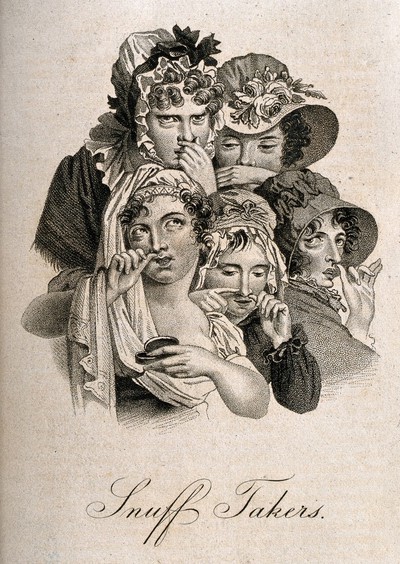
Snuff as a status symbol
With its surge in popularity came the desire to have snuff handy at all times. As is known, people in the 18th and 19th centuries had lives centered more closely around the home than we do today, so one might think that it would have been enjoyed more communally. However, as it was a substance ingested so physically with personal intimacy, it became a highly individualized habit.
It also became a habit associated with wealth and status, which many during those times would go to great lengths to showcase. The Story Maps article “Know Your Snuff: A Brief History of Snuff Boxes” includes a poem by Samuel Wesley with the following extrapolation:
Samuel Wesley’s Satire: “On Snuff”
“The polish’d silver, or the burnish’d gold;
The agate landscape, drawn by nature’s hand,
Or finer pebble from the Arabian strand,
The shining beds where pearls imperfect lie,
Smooth to the touch when roughest to the eye;
While distant climes their various arts employ
To adorn and to complete the modish toy.
Hinges with close-wrought joints from Paris come;
Pictures dear-bought from Venice and from Rome;
While some with home-made lids their fancies please,
And bear enshrined their own dear images.”This poem, written in 1736, is indicative of the exoticism that surrounded materials used to create luxury objects. A large part of the attractiveness of snuff-boxes and similar objects stemmed from their mystery and elusiveness. An “Arabian strand” differs from a local one because it originates from a place of mystery. In owning it, the consumer is able to hold this material in their hand, in their pocket, and in doing so, forge a connection and deepen their intrapersonal relationship with the object.
Types of snuff boxes
I had so much fun exploring museum collections and looking for examples of snuff boxes. While I had expected to find more examples of boxes with miniatures than anything else, I discovered that those were if anything, the exception. I identified four different main types, and some of them may surprise you as much as they did me.
Miniatures
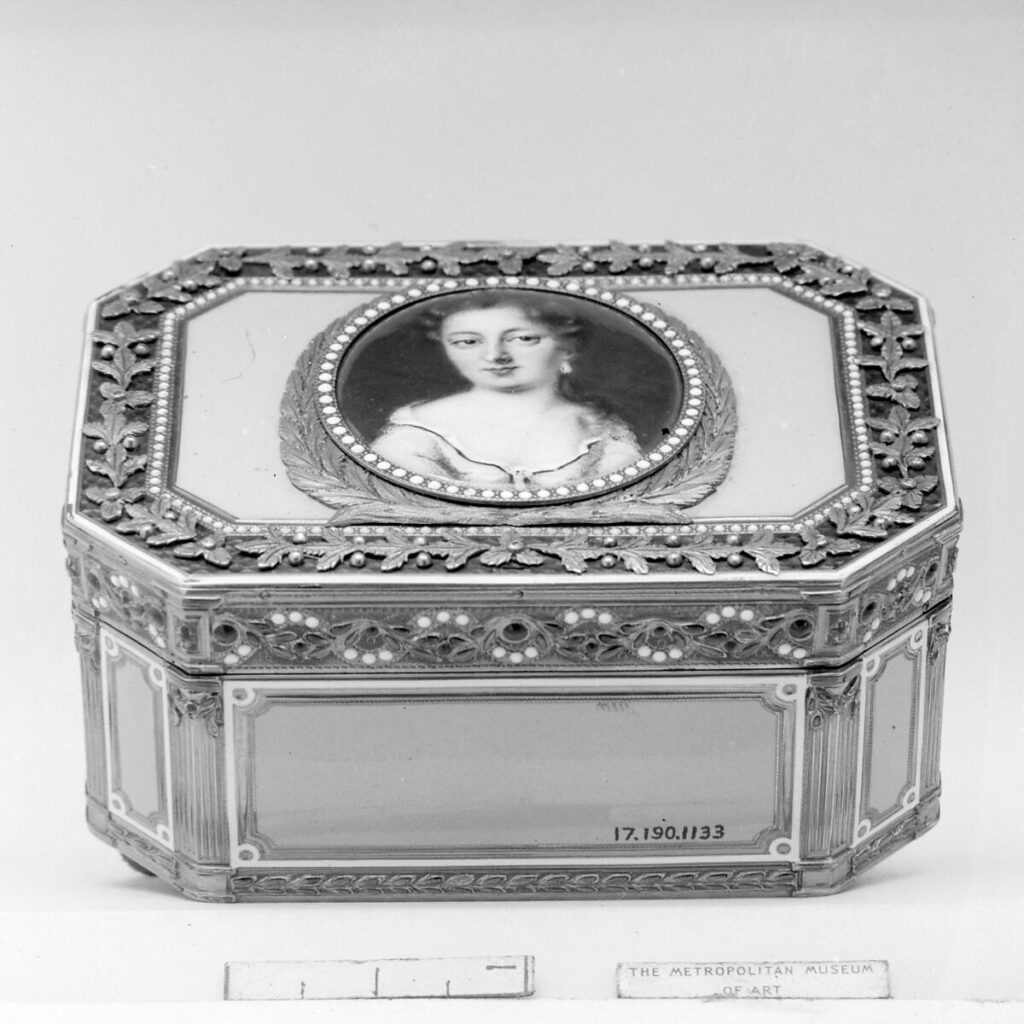
MetMuseum
We will start with what I thought would be the most common type of snuff box. After all, People in the 18th and 19th centuries enjoyed making their prized possessions more prized by including their prized people on them. This naturally extended to the snuff box, which was something many people carried with them at all times. Says Story Maps:
“There also arises an element of physicality when one considers the implications of a miniature portrait appearing on the lid of a snuff box or on the pendant of a necklace. Hung on the wall, a portrait remains unmoving, unchanging, simply ornamental. While necklaces and snuff boxes obviously lend themselves to ornamentalism, their sentiment is assumed by the wearer through touching or movement.”
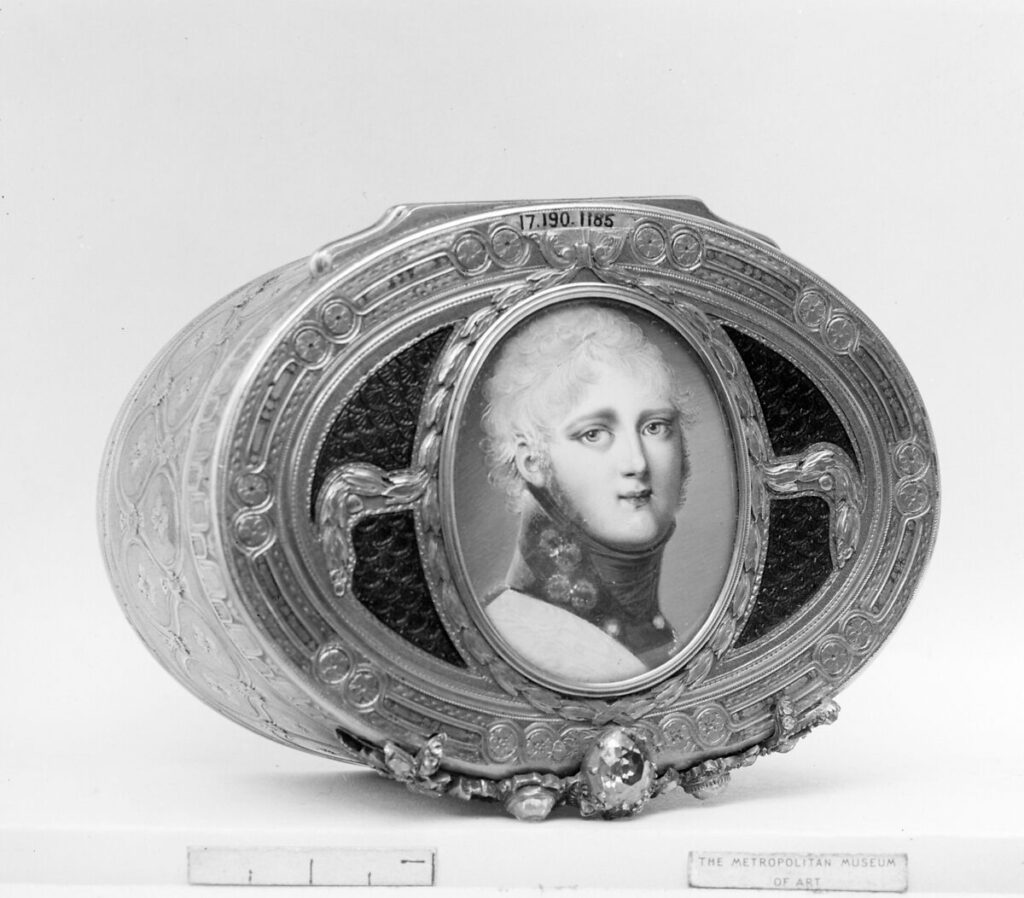
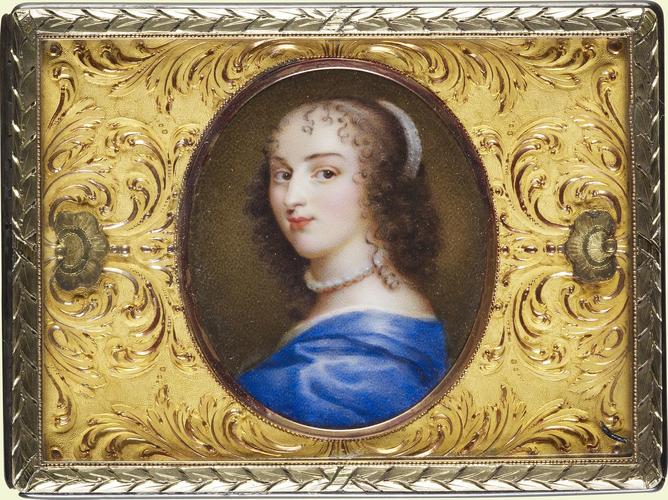
Image source: British Trust
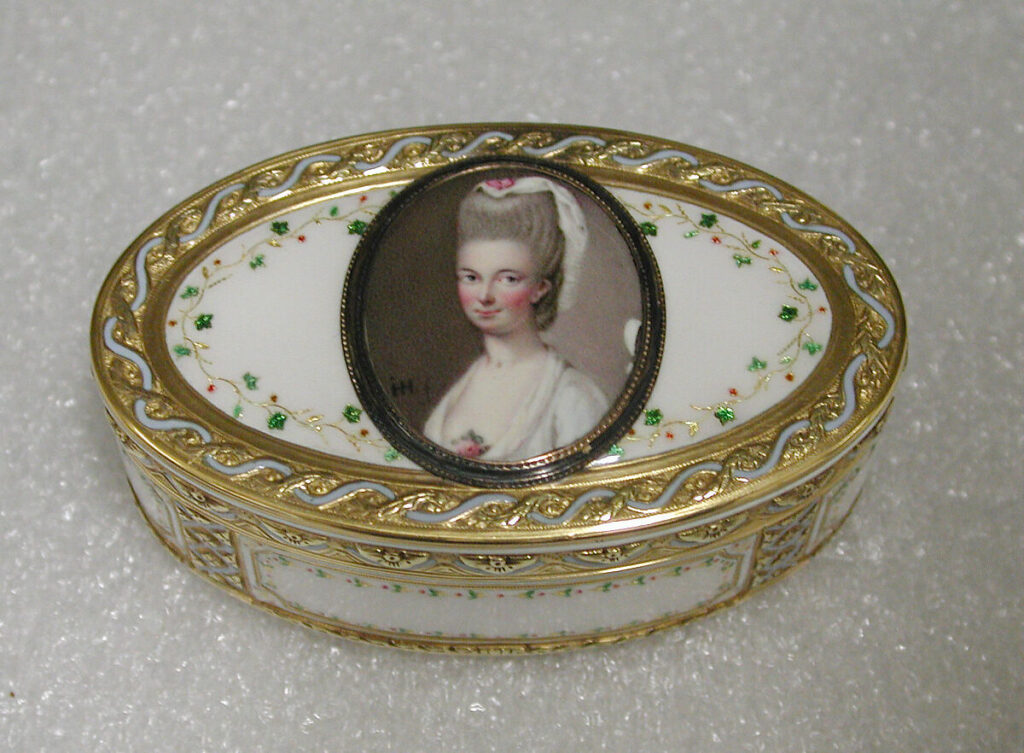
Shoes
I have to say, I was completely unprepared to find the plethora of examples of shoe-shaped snuff boxes. I was pleasantly surprised! Says the Victoria & Albery Museum:
“Shoe- and boot-shaped snuff boxes were made throughout the 18th and 19th centuries. Shoes have long been associated with love and marriage and were often given for good luck.”
Aren’t they as cute as can be?
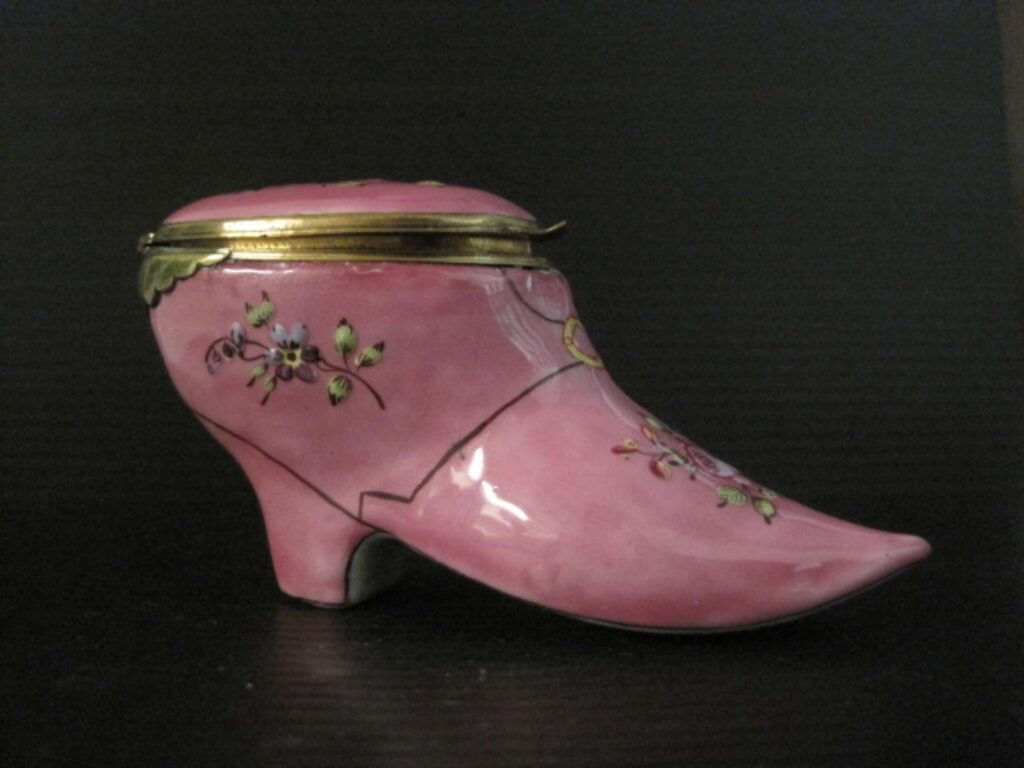
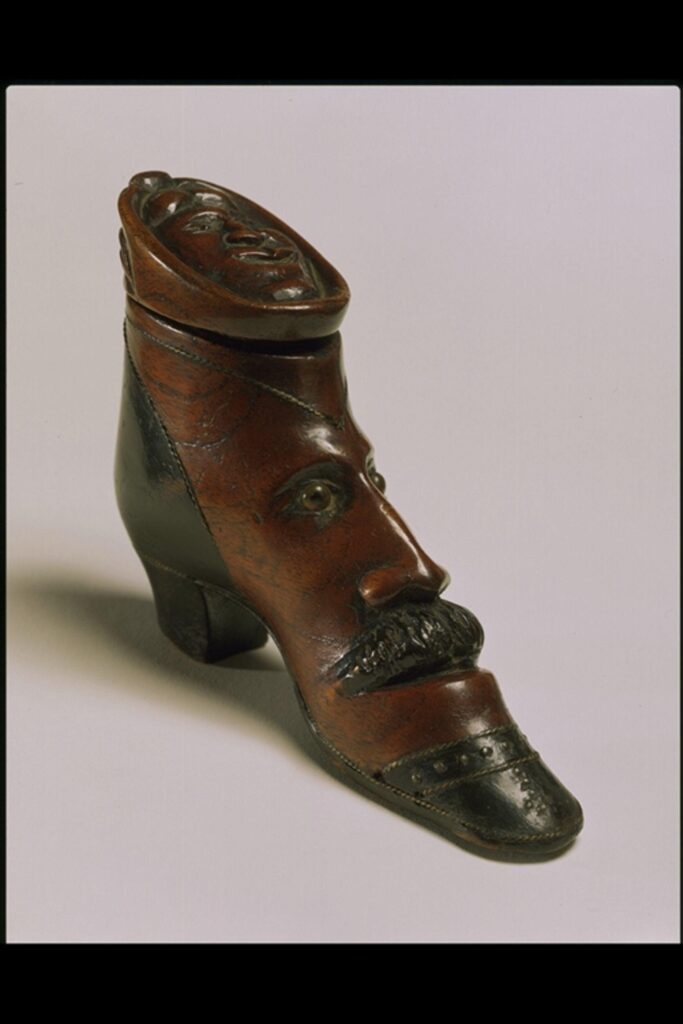
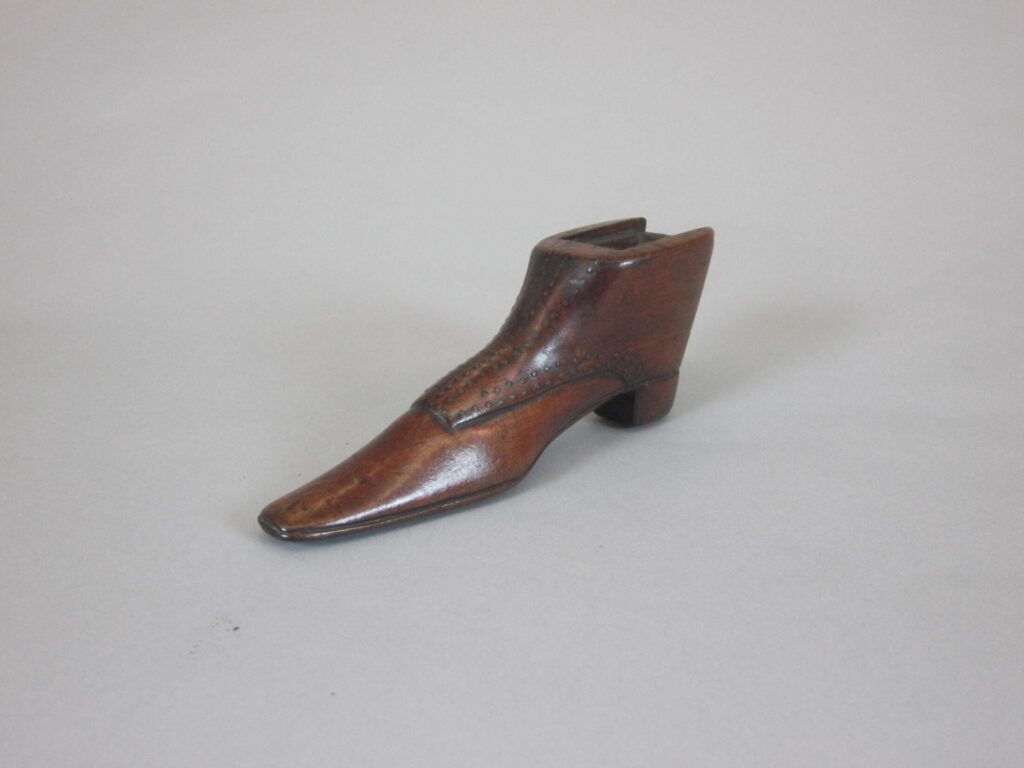
Commemorative
When it comes to commemorative snuff boxes, I think of them as a keychain that celebrates a special place, person, or occasion. It was something that some people would carry with them everywhere and wanted it to represent something important to them. One of my closest friends, for instance, always makes sure to have a Chugwater, Wyoming keychain with her to carry a piece of her hometown around.
Some snuff boxes in the 18th and 19th centuries were made to remind people of something significant that had happened around them, not necessarily to them as with the miniatures. Take for instance the great examples from V&A below:
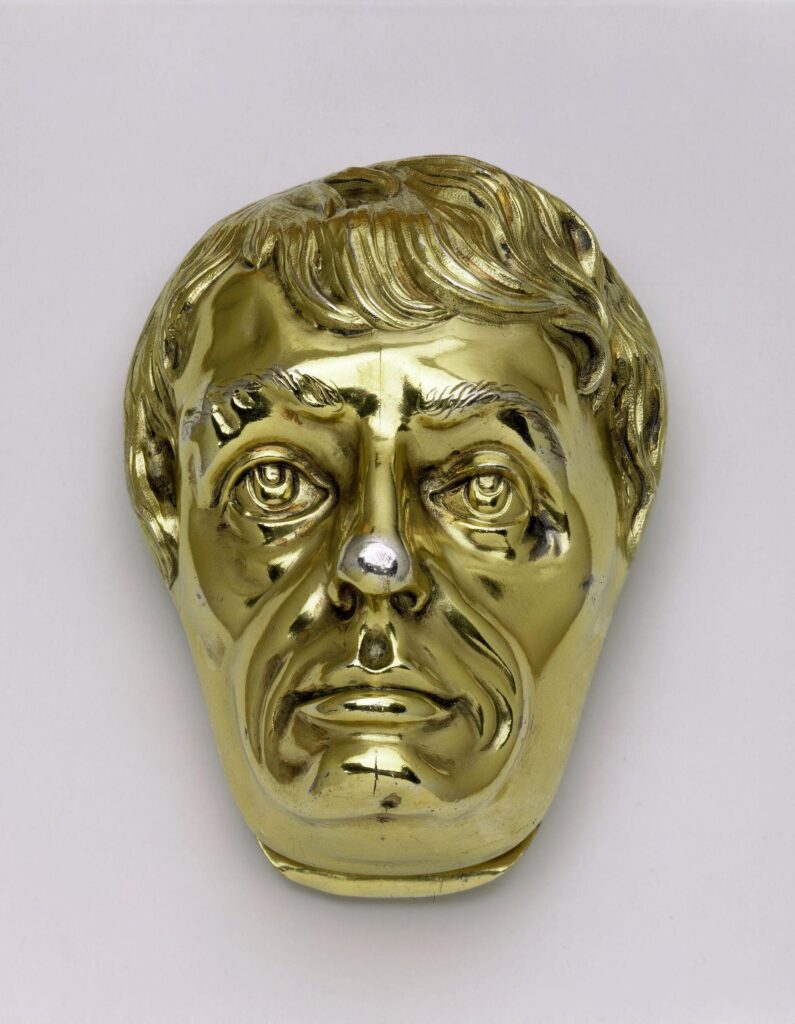
“Military and naval heroes were commemorated on snuff boxes from the mid-18th century. This box, with a shield made from the oak of HMS ‘Bellerophon’, one of Admiral Lord Nelson’s ships, was one of the earliest examples of the market for souvenirs of the celebrated naval hero. “
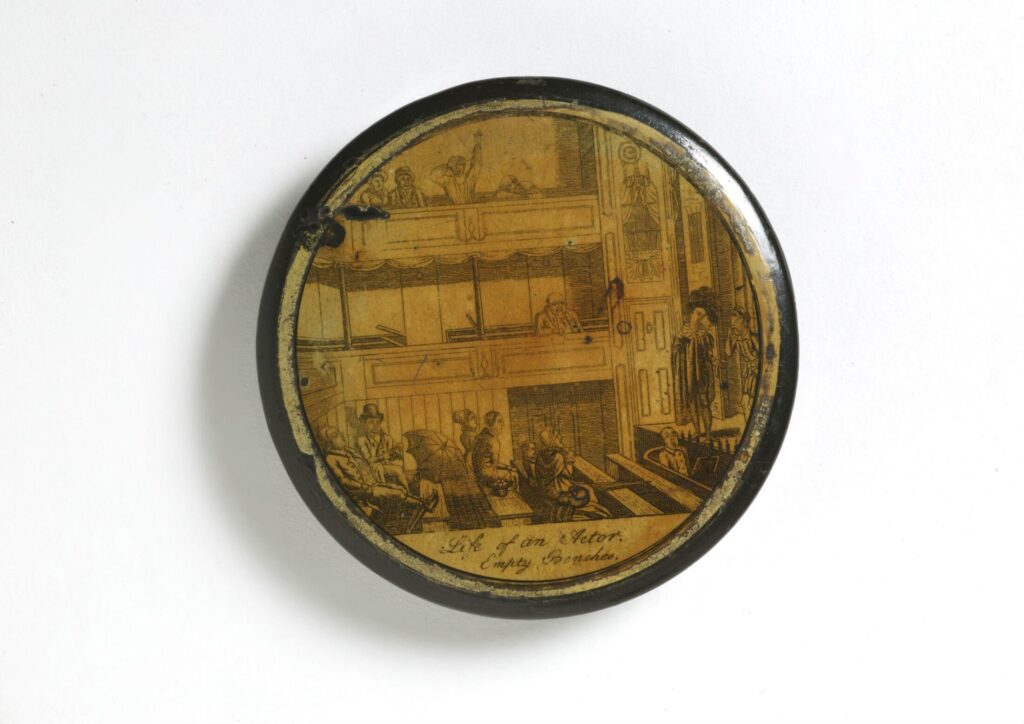
From V&A:
“The mass market for theatrical memorabilia such as this box developed in the eighteenth century and flourished in the nineteenth century, coinciding with the commercial production of papier maché for objects such as boxes and frames.”
Animal heads
And last but not least we have animal head snuff boxes, another type of snuff box that I was not planning on encountering.
I wasn’t able to find as poignant a reason for the raised animal heads as I was the other types of snuff boxes covered in this post. They were just funky, fun trinkets. And I have to say, this is a collection I would love to start up.
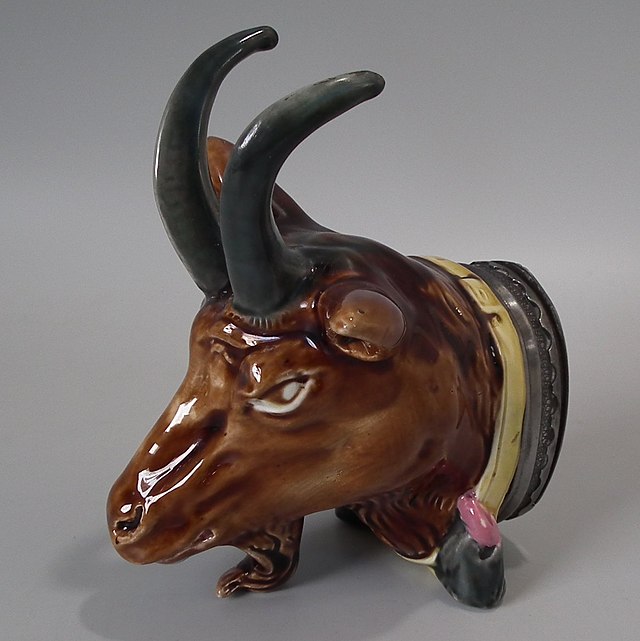
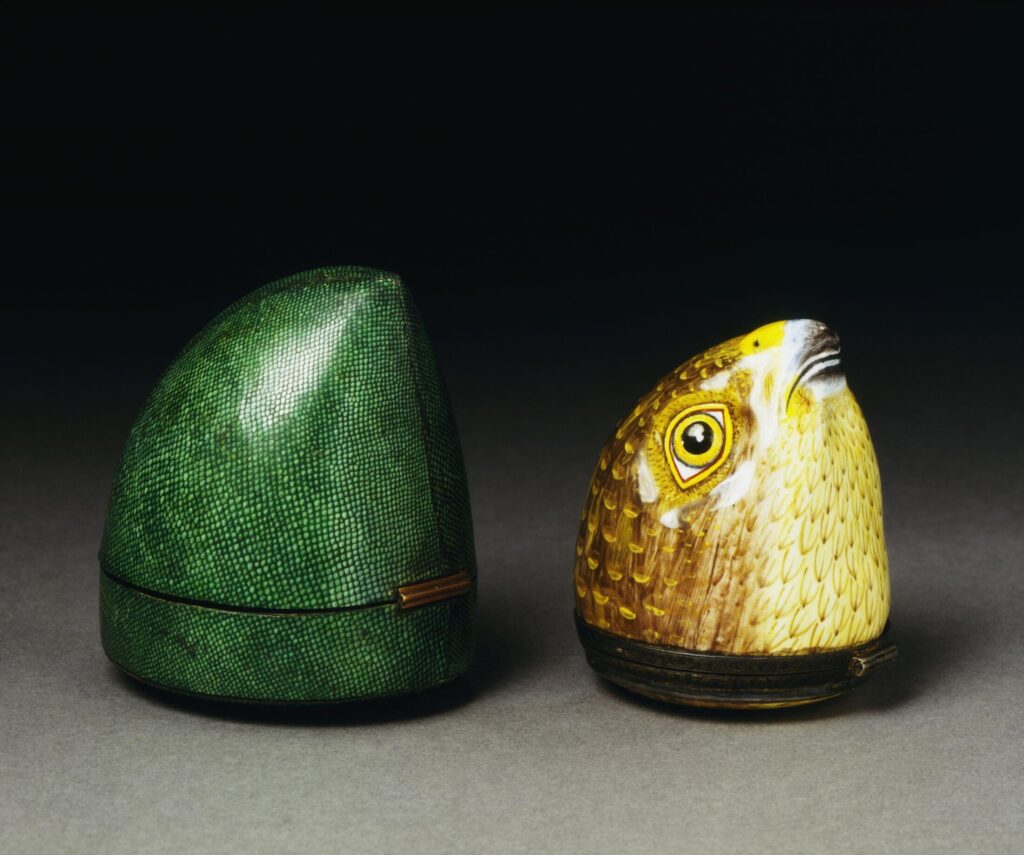
V&A Museum
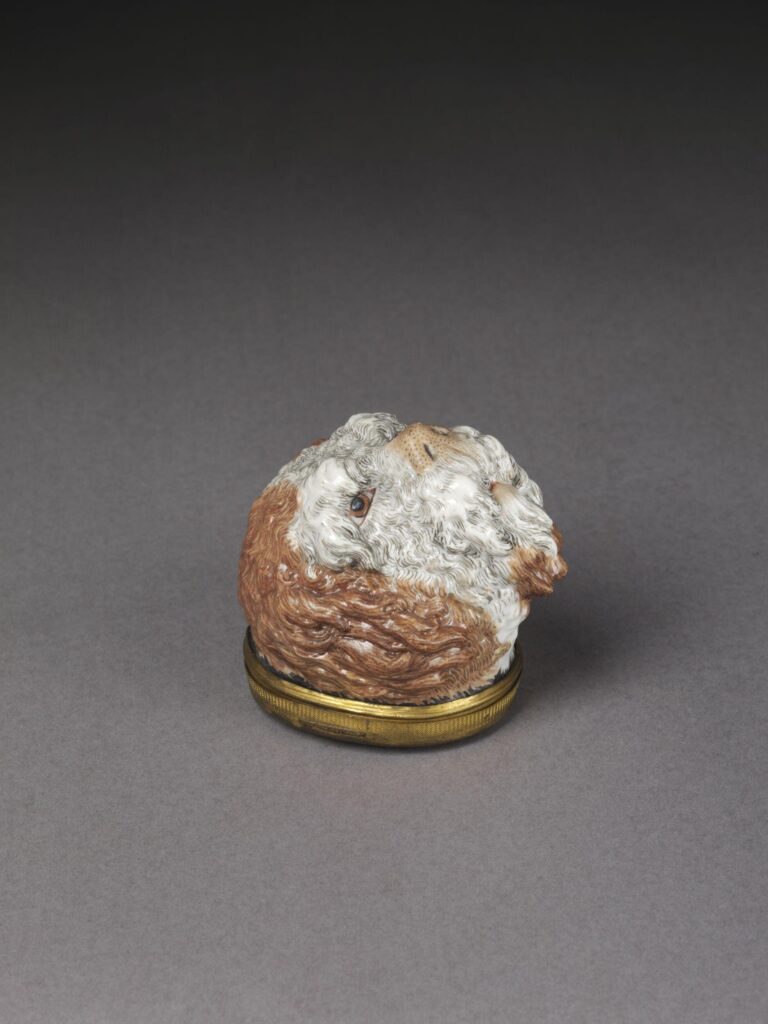
Do you have any snuff boxes at home? What are they like?
More about trinkets from history:
Thimbles: protecting us from pinpricks for thousands of years

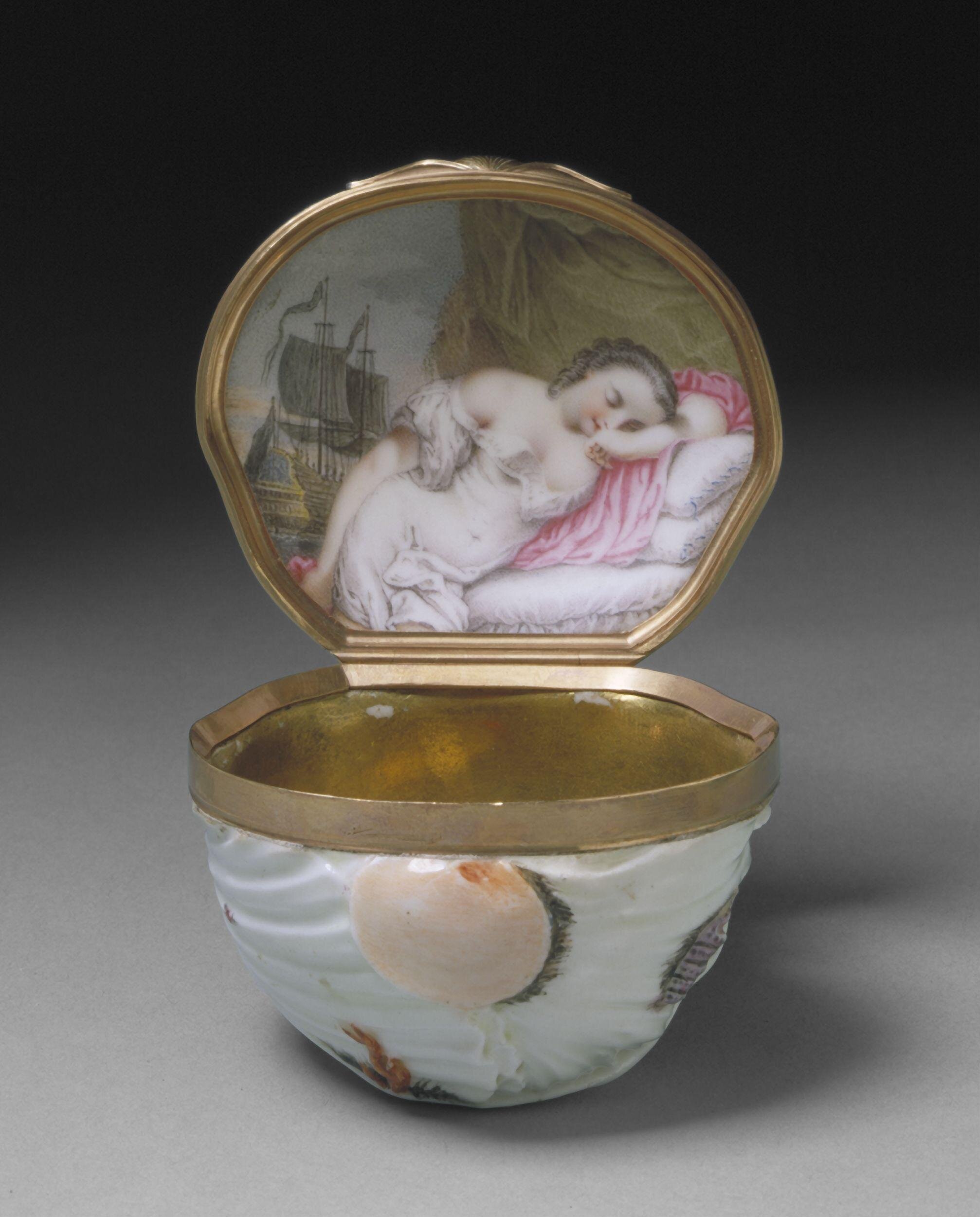
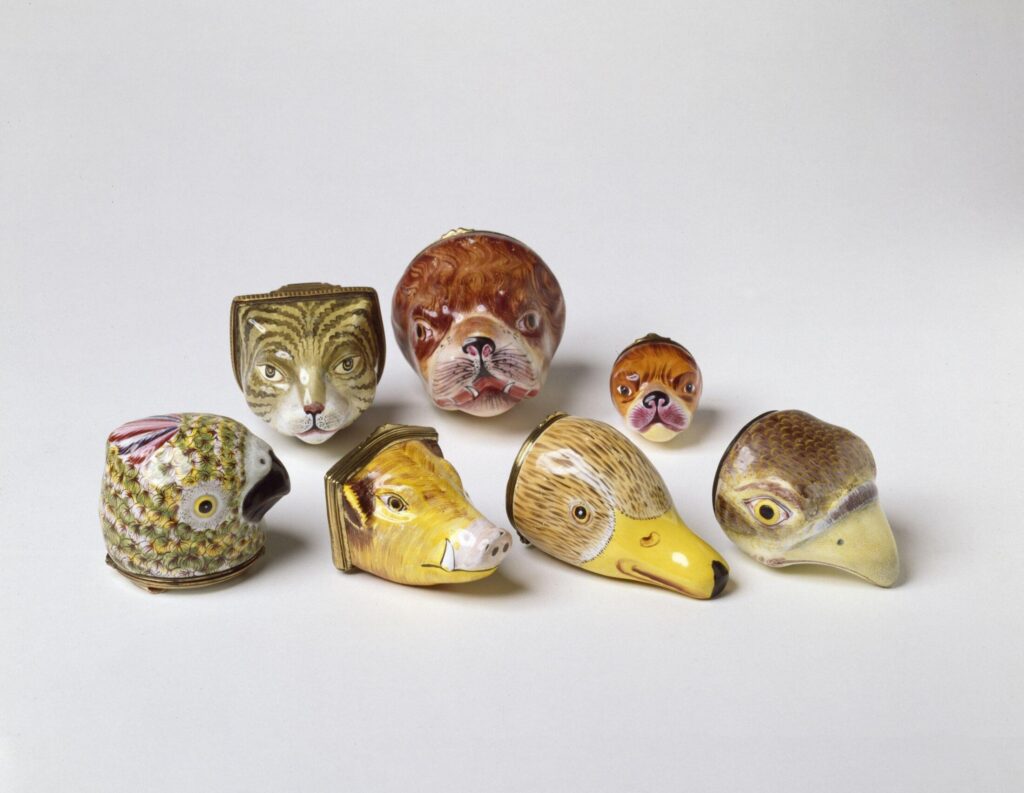
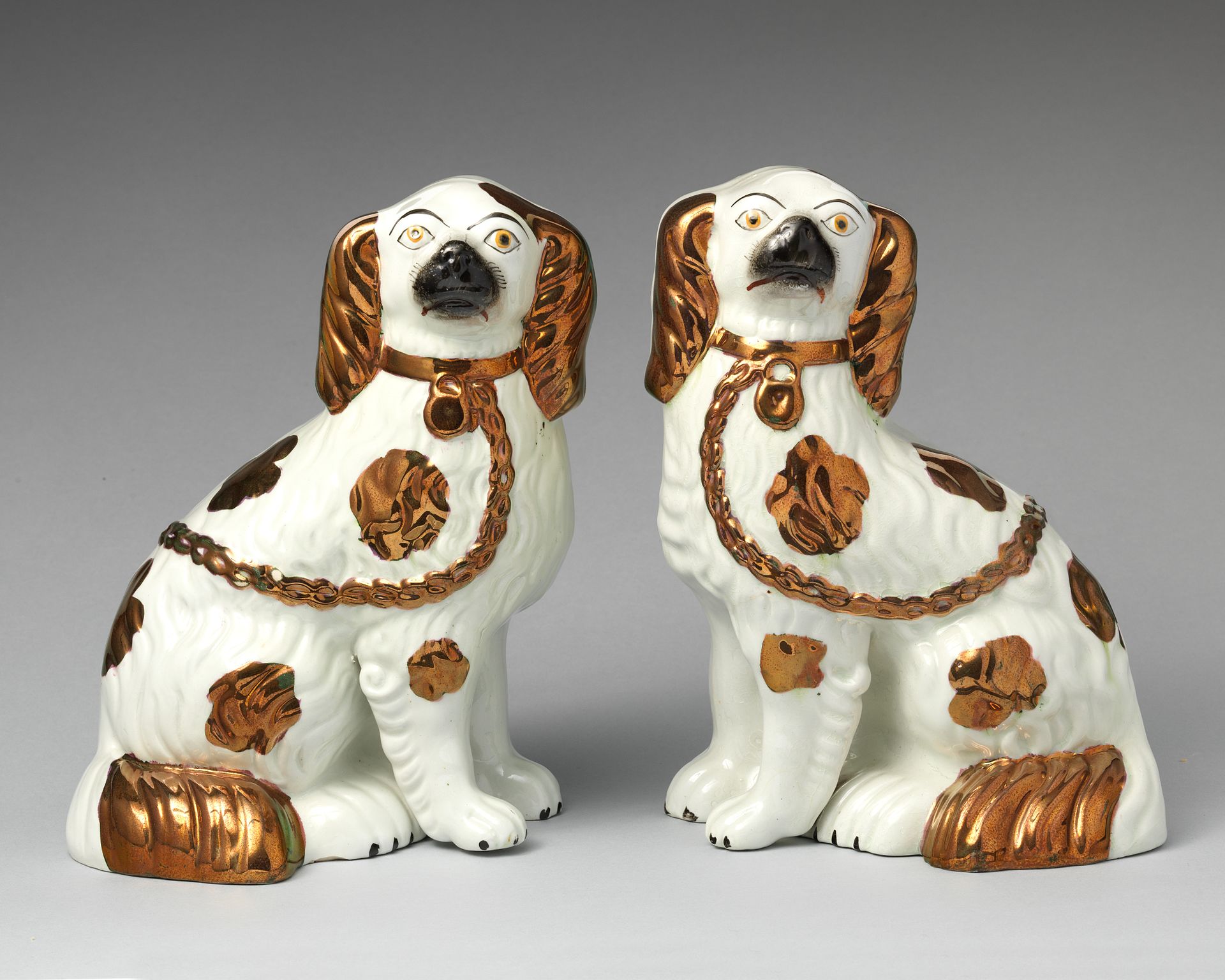
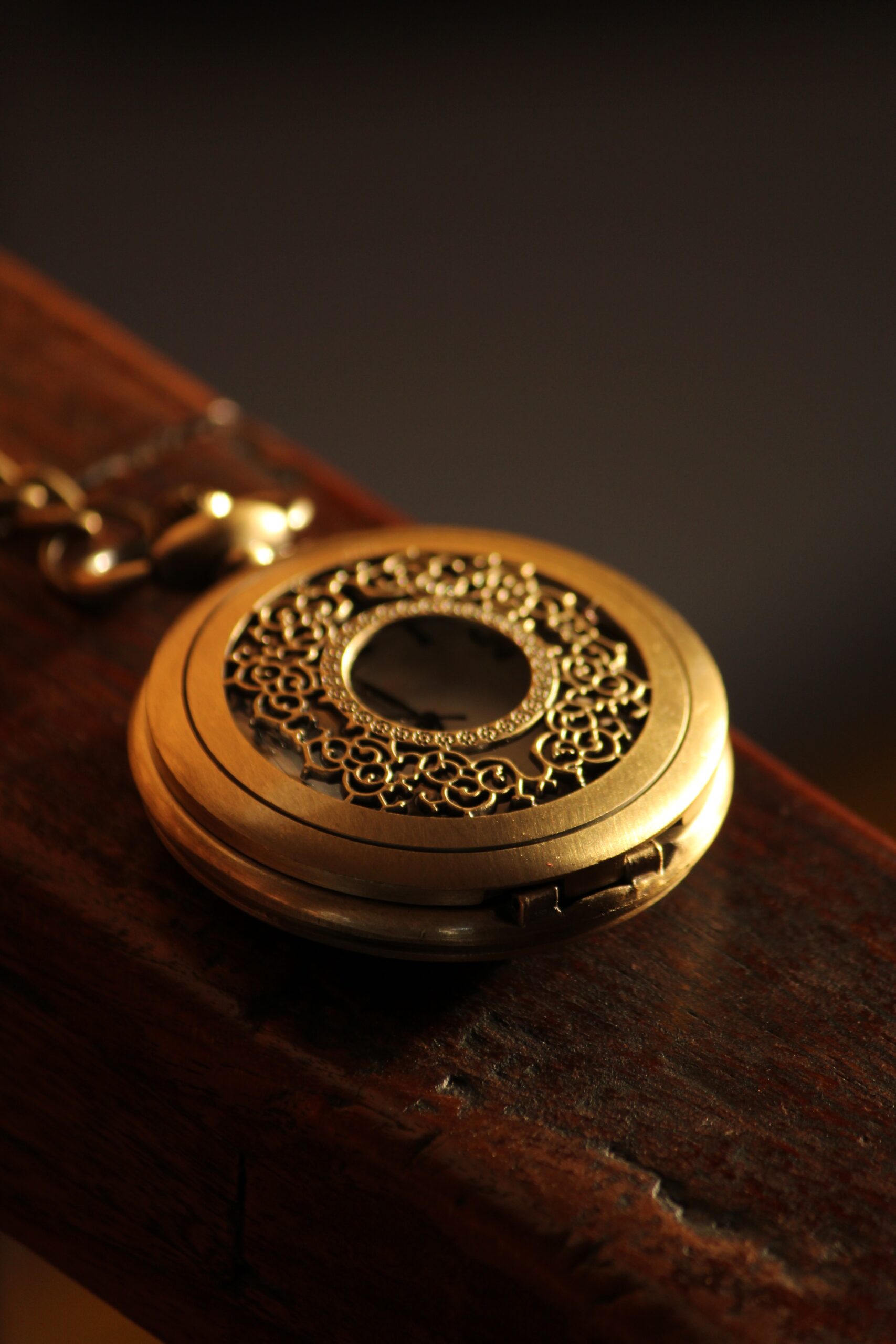

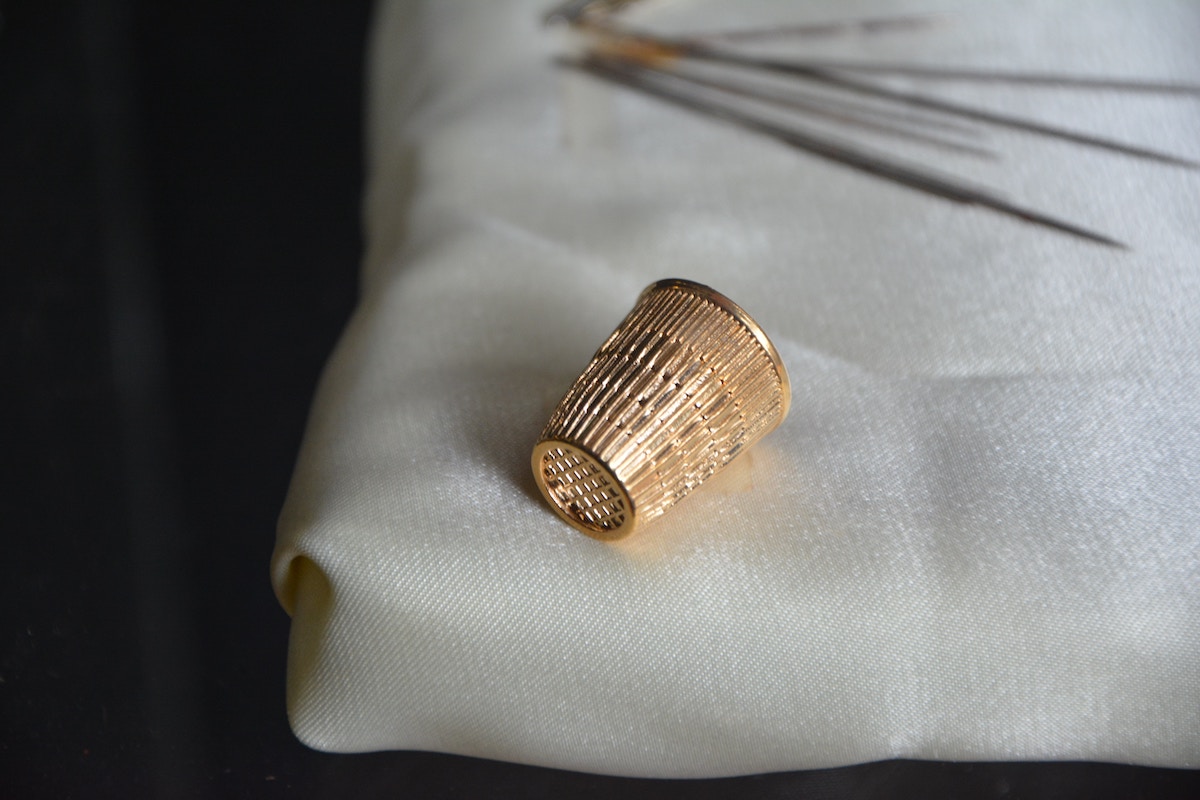
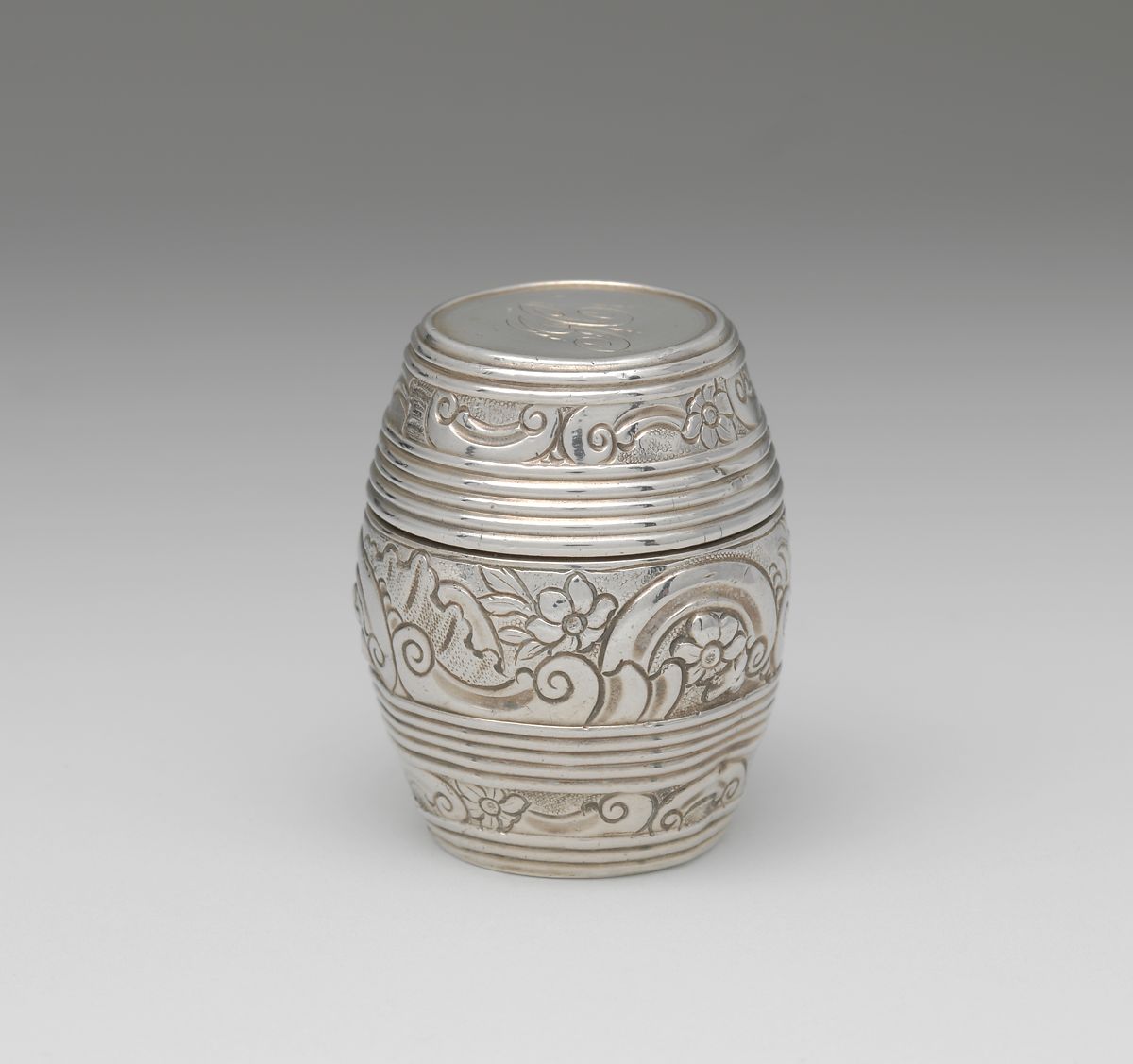
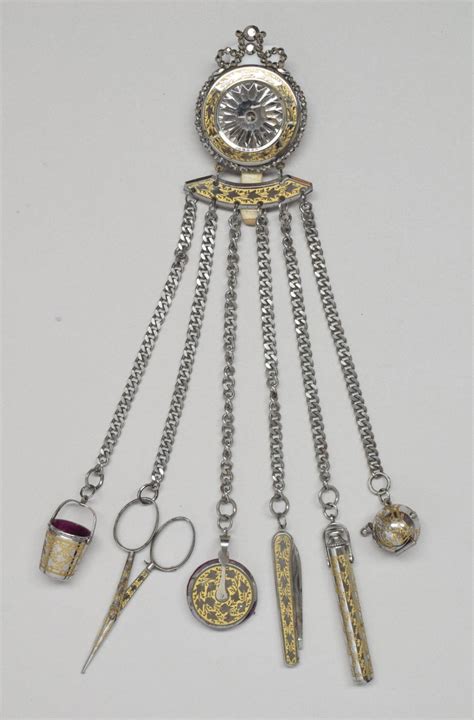
Leave A Comment